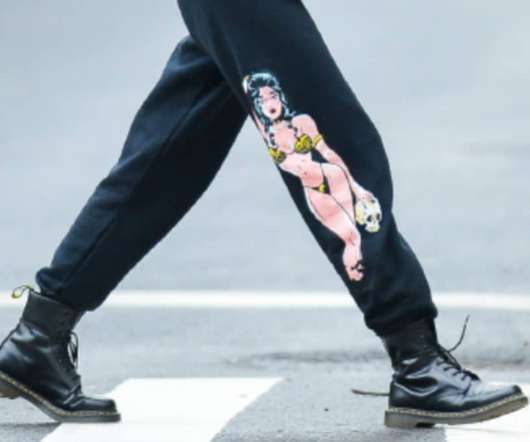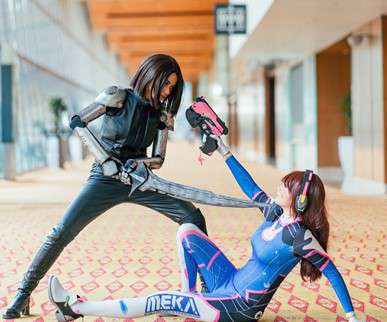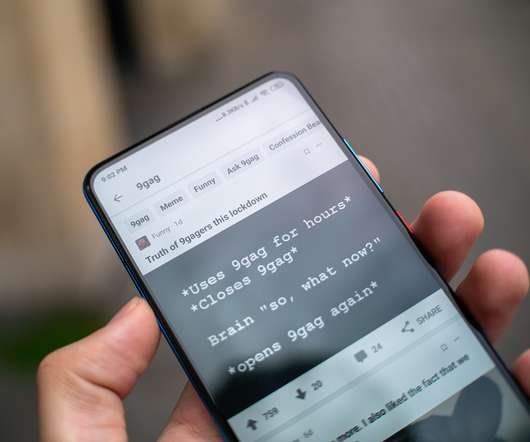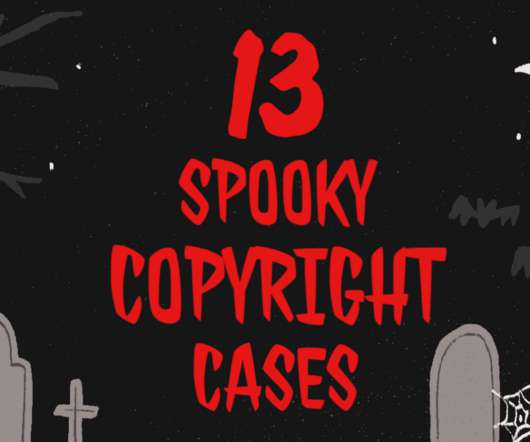Use of Warhol’s Prince Image Found Not to Be Sufficiently Transformative for Fair Use
LexBlog IP
MAY 19, 2023
On May 18, 2023, the Supreme Court found that artistic changes to a pre-existing work, alone, not necessarily sufficient to make a derivative work fair use. Applying a new lens on how to view the purpose of a derivative work under U.S. copyright law. Copyright law in the U.S.


















Let's personalize your content